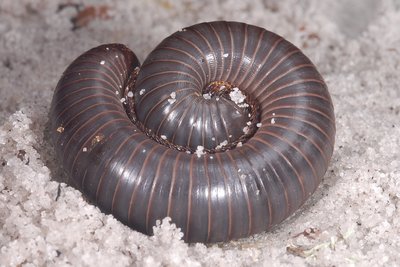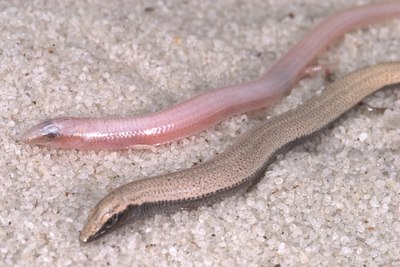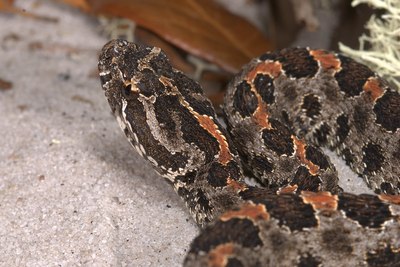|
Our lab contributed a new species of small strabomantid frog (Holoadeninae) with the description of Psychrophrynella glauca from the southern Peruvian department of Puno. These frogs breed on land and lay eggs in moist places in the leaf litter. There is no tadpole stage and the embryos develop entirely within the egg. Small froglets abandon the nest once they hatch, but one or both of the parents (unknown in this species) may guard the egg nest and protect it from desiccation and predators. With the discovery of P. glauca, the geographic distribution of Psychrophrynella is extended to the Department of Puno, where it was no longer represented after the description of the genus Microkayla. Furthermore, the Cordillera de Carabaya is the only mountain range known to be home to four of the seven genera of Holoadeninae (Bryophryne, Microkayla, Noblella, and Psychrophrynella), suggesting an intriguing evolutionary history for this group in southern Peru.
0 Comments
 Very excited to be going back to the beautiful Archbold Biological Station for a seminar on March 1st at 3:30 pm. I'll be talking about our lab research on fungal disease and amphibian biodiversity. I spent a year at Archbold in 2007, as a postdoc with Henry Mushinsky and Earl McCoy in a project studying the effects of prescribed fire on Florida sand skinks. Archbold protects a large tract of undisturbed Florida scrub, and is restoring adjacent land to help with the recovery of threatened scrub species. This unique ecosystems hosts several endemic species, many of which are adapted to a regime of frequent natural fires. Because of human development and agriculture modification and encroachment into scrub habitats, fire is generally suppressed. But Archbold operates a very active fire management plan that contributes to maintaining the landscape as a mosaic of frequently burned to long unburned patches, benefiting a variety of native organisms. The lab will co-organize a field course on high-elevation amphibians in the spectacular Pampas Galeras Barbara D'Achille National Reserve (see our previous blog here) on 1-6 August 2018. Please contact us for more information, number of participants will be limited. Click here to apply.
See attached document with additional information. |
Archives
June 2024
CATENAZZI LABNews from the lab Categories |



















 RSS Feed
RSS Feed